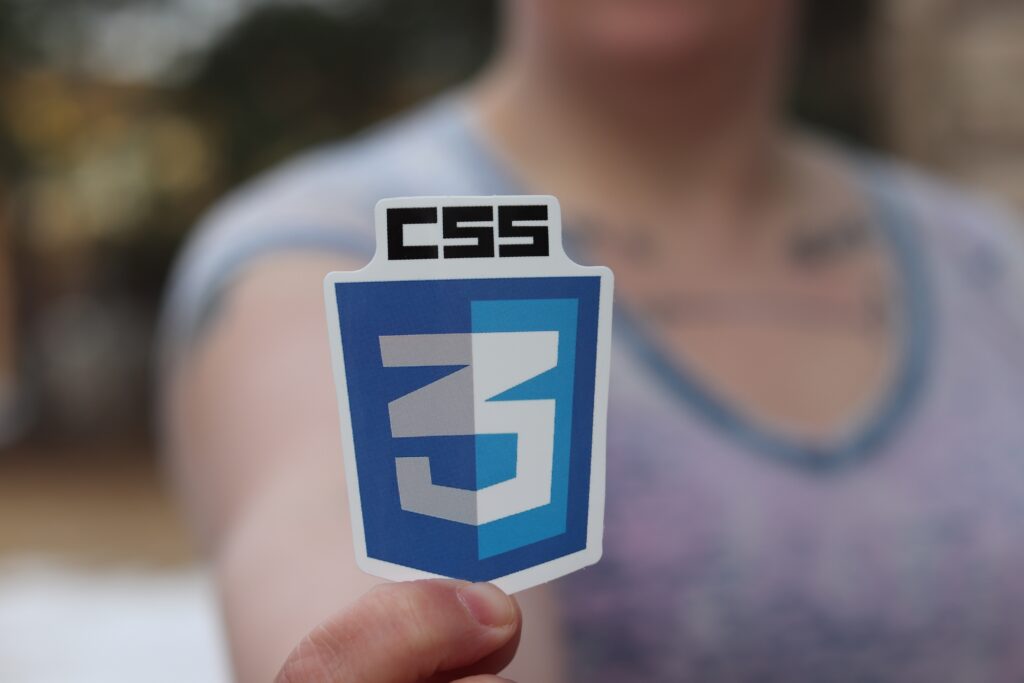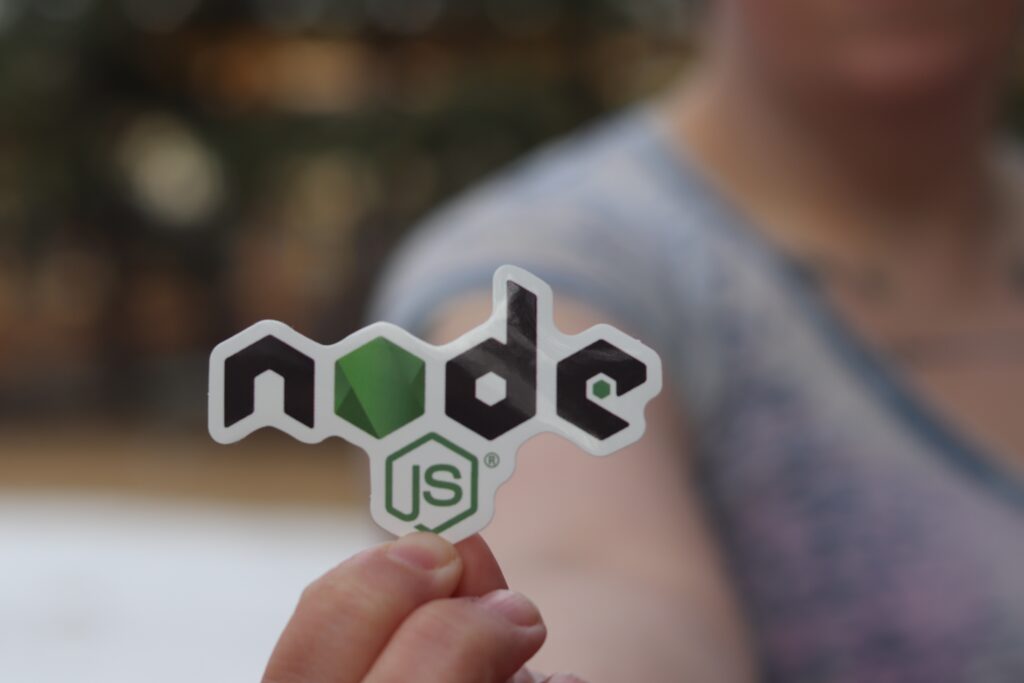CSS frameworks have emerged as valuable tools that streamline the design and development process. These frameworks provide a collection of pre-built CSS styles, components, and layout systems, allowing developers to expedite their workflow and create visually appealing and responsive websites. In this blog post, we will explore the concept of CSS frameworks, their benefits in streamlining web development, and highlight some popular frameworks and their specific use cases.
What are CSS Frameworks?

CSS frameworks are pre-written, reusable CSS code libraries that provide a set of standardized styles, components, and layout systems. They aim to simplify web development by providing a solid foundation upon which developers can build their websites.
How CSS Frameworks are Useful in Streamlining Web Development?
CSS frameworks offer several advantages that contribute to streamlining the web development process:
a. Consistency and Efficiency: CSS frameworks provide consistent styles and design patterns, reducing the need for writing repetitive code. Developers can leverage ready-to-use components and styles, saving time and effort.
b. Responsive Design: CSS frameworks often include responsive grid systems and media query breakpoints, making it easier to create responsive layouts that adapt to different screen sizes.
c. Cross-Browser Compatibility: Frameworks are tested across multiple browsers, ensuring consistent rendering and compatibility across different platforms.
d. Rapid Prototyping: CSS frameworks enable quick prototyping by providing a variety of pre-designed elements and styles, allowing developers to focus on functionality rather than starting from scratch.
Advantages of Using CSS Frameworks

Using CSS frameworks offers several advantages for web development:
- Increased Productivity: By leveraging pre-designed components and styles, developers can accelerate their workflow and focus on implementing specific functionality rather than spending time on repetitive styling tasks.
- Consistency and Professionalism: CSS frameworks provide a consistent and polished look to websites, ensuring a professional and visually appealing user experience.
- Community Support and Documentation: Popular CSS frameworks have vibrant communities that provide support, tutorials, and extensive documentation, making it easier for developers to learn and troubleshoot.
- Scalability: CSS frameworks are built with scalability in mind, allowing websites to grow and evolve without sacrificing design or performance.
Popular CSS Frameworks and Their Use Cases
- Bootstrap: Bootstrap is one of the most widely used CSS frameworks, offering a comprehensive set of styles, components, and a responsive grid system. It is suitable for a wide range of projects, including websites, web applications, and mobile applications.
- Foundation: Foundation provides a flexible and modular framework that allows developers to customize their design and build responsive websites and applications. It offers a wide range of components and layout options.
- Bulma: Bulma is a lightweight and modern CSS framework that focuses on simplicity and ease of use. It is suitable for building fast and responsive websites and is known for its flexibility and customizable nature.
- Tailwind CSS: Tailwind CSS provides a utility-first approach, allowing developers to quickly style elements using pre-defined classes. It offers flexibility and customization options while maintaining performance.

Conclusion
CSS frameworks are powerful tools that streamline web development by providing a foundation of pre-built styles, components, and layout systems. They offer increased productivity, consistency, responsiveness, and scalability, enabling developers to create visually appealing and functional websites more efficiently. Popular frameworks like Bootstrap, Foundation, Bulma, and Tailwind CSS offer different features and cater to diverse project requirements. By leveraging CSS frameworks, web developers can save time, enhance the user experience, and focus on creating innovative and feature-rich websites. While CSS frameworks offer significant advantages, it’s important to choose the right framework that aligns with your project’s needs.
FAQs
Q: What is the future of CSS frameworks in web development?
A: CSS frameworks are likely to continue evolving and adapting to the changing needs of web development. They will likely incorporate new features, improved performance, and enhanced customization options to remain relevant in the ever-evolving web development landscape.
Q: How can I transition from CSS frameworks to custom solutions?
A: Transitioning from CSS frameworks to custom solutions involves gradually reducing reliance on the framework’s predefined styles and components. By gradually removing framework dependencies, developers can implement more tailored, unique solutions while leveraging the framework’s underlying structure and grid systems, if needed.
Q: What role do CSS frameworks play in responsive design?
A: CSS frameworks often provide responsive grid systems, media queries, and pre-designed components, making it easier to create responsive websites that adapt to different screen sizes. They streamline the process of designing and implementing responsive layouts, saving development time and effort.
Q: What tips should I consider when choosing the right CSS framework?
A: When selecting a CSS framework, consider factors such as project requirements, customization options, learning curve, community support, and documentation. Evaluate how well the framework aligns with your project’s needs and your team’s familiarity with the framework.
Q: Is using CSS frameworks considered good practice in web development?
A: Using CSS frameworks can be a good practice, as they provide a solid foundation, improve productivity, ensure consistency, and offer responsive design capabilities. However, it’s important to consider the specific needs of your project and balance the convenience of a framework with the potential need for customization and optimization.

